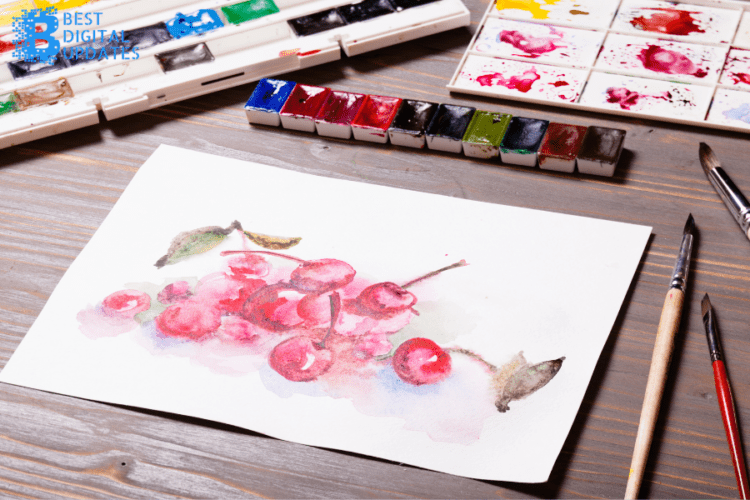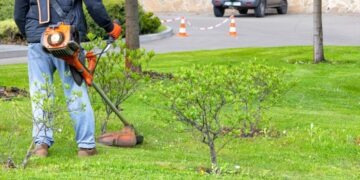Watercolor paints are a great way of creating natural landscapes on paper. Unlike oil paints and other kinds of paint, watercolor is relatively simplistic and easier to take on the go. This means that you can begin creating unique scenes with layered coats of paint anywhere.
If you are new to watercolor painting, or if you want to try a different method, these are three techniques that can have a different impact on your painting. Consider practicing the following approaches to decide what kind of piece you would like to use each of them for.
Dry Brushing
Table of Contents
Firstly, using the right equipment is essential when it comes to any type of painting. When you are using watercolor paints, it is even more crucial that you are using high quality brushes to achieve the right effect. Consider these watercolor paint brushes to avoid finding bristles in your work.
Dry brushing can be an interesting technique to change up the texture of your painting. Because there is less water involved, dry brushing does not need much time to set. It can be used to add very fine details to a piece, or to create unique textures on your page.
Try to designate a wide bristled paint brush for this, as the technique can actually damage the brush. Coat a clean, dry paintbrush with pigment that has very little water added and is almost like a paste rather than a watery paint.
Then, you can start adding small strokes to your artwork while keeping the brush parallel to the paper. The fun thing about this technique is that you are in control. Try to play around with the different amounts of pressure and the range of movement.
Scumbling
It may seem unusual to use this technique for watercolor painting, but it has some interesting effects. Scumbling is normally done with oil based painting to create soft hues and delicate textures.
Using indirect layers, gently apply color to your paper until you are happy with the hue achieved. The main thing to be aware of when scumbling is creating a muddy color where all the shades mix together on the page. Try to avoid this by experimenting with different amounts of water on your brush when you are adding each color.
It is recommended that you use semi-wet paint strokes. Avoid overworking the colors by sticking to delicate, soft movements. The best way to learn this technique is by trial and error.
Glazing
Glazing is a useful way to create unique layers within any watercolor piece. It takes a little more practice to get right, but it can be highly impactful when it is done well. Using different transparent layers of pigment, coat the entire page or certain elements before adding more detail.
This can add more depth to your watercolor painting and even be used to create illusions. It is also a useful way of learning more about the interaction between colors. For example, a more yellowy glaze will make blues appear green, and reds appear orange.
Like scumbling, glazing is best learned through trial and error. It is easy to make mistakes at first, so you should try not to stress too much about getting it right the first time.
If you aren’t too sure about how to get started with glazing, it could be useful to coat your page with water or a very diluted pigment before starting your painting like normal. This can allow you to explore how the different colors interact with each other when they are added to a layer of water.
Once you feel more confident with this, you can try to be a little more adventurous with the colors and number of layers that are used. You will be surprised at how impactful it can be!
Summary
There are so many possibilities with watercolor painting, that it can be difficult to know where you should start. Because of this, we have outlined some unique techniques that are worth exploring.
Practicing with different brush textures, stroke sizes, and pressure added will allow you to feel like you have more control over your final piece. Dry brushing is ideal for practicing the pressure applied and understanding how this can impact the piece overall.
Consider trying out scumbling for unique color combinations and to create interesting hues. Additionally, glazing can be an interesting way of creating more perspective and understanding how each layer interacts with each other. Remember that there is no right or wrong way to do it, and you should get practicing soon!




















